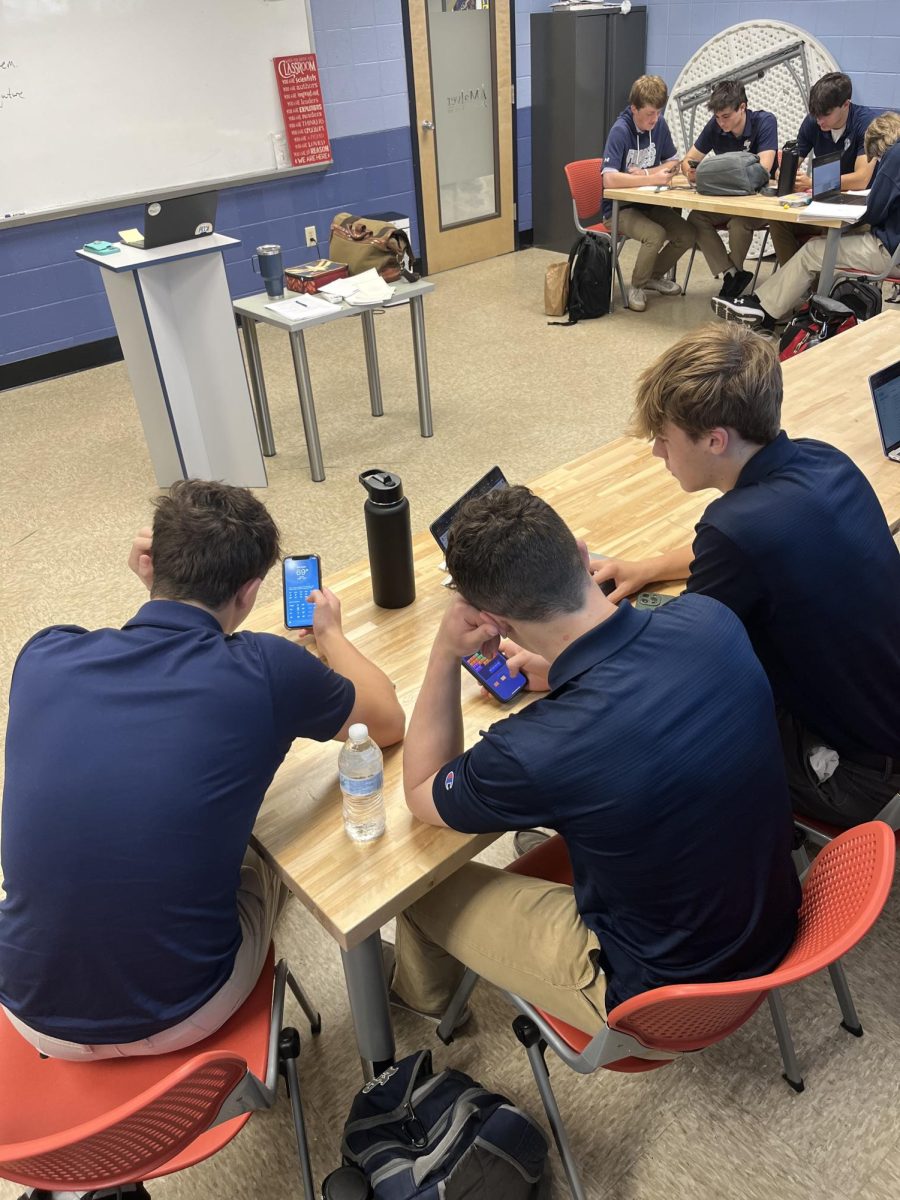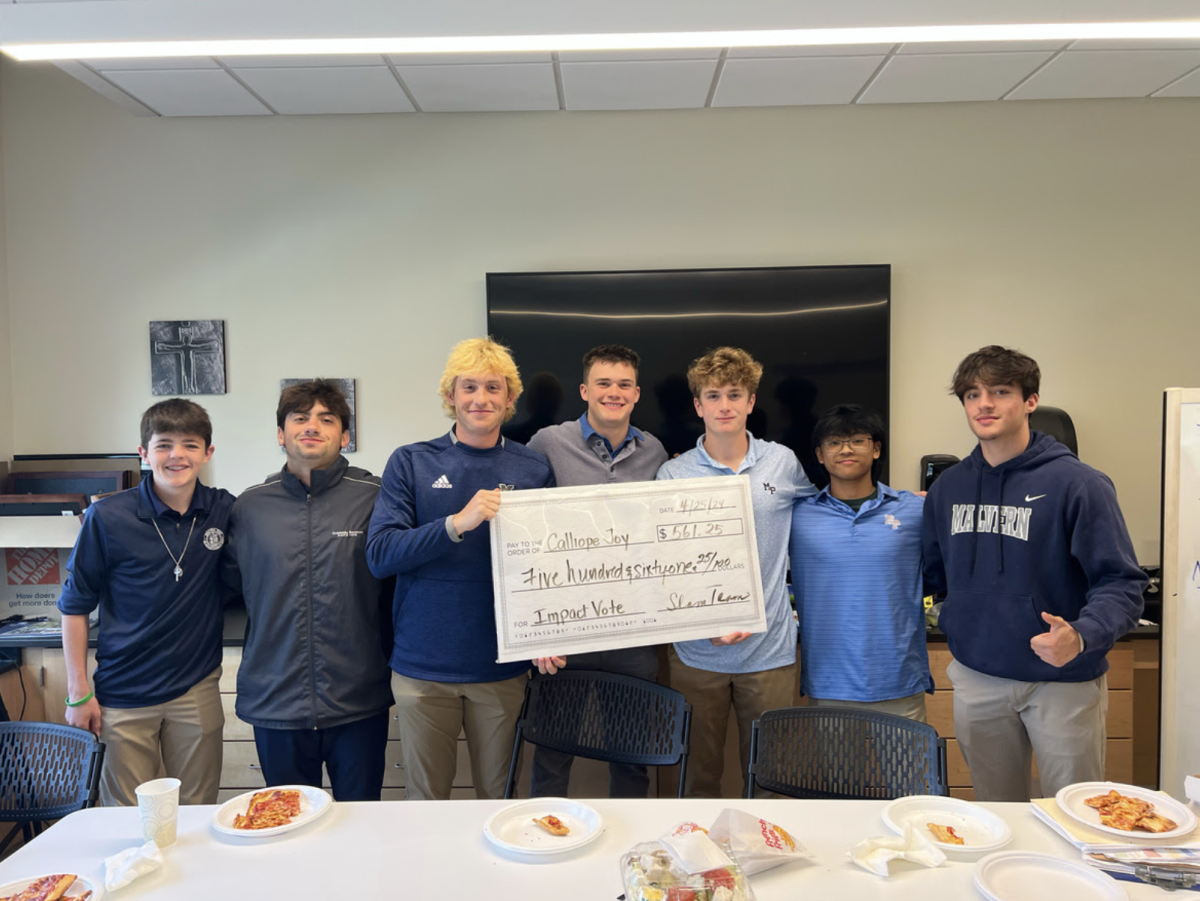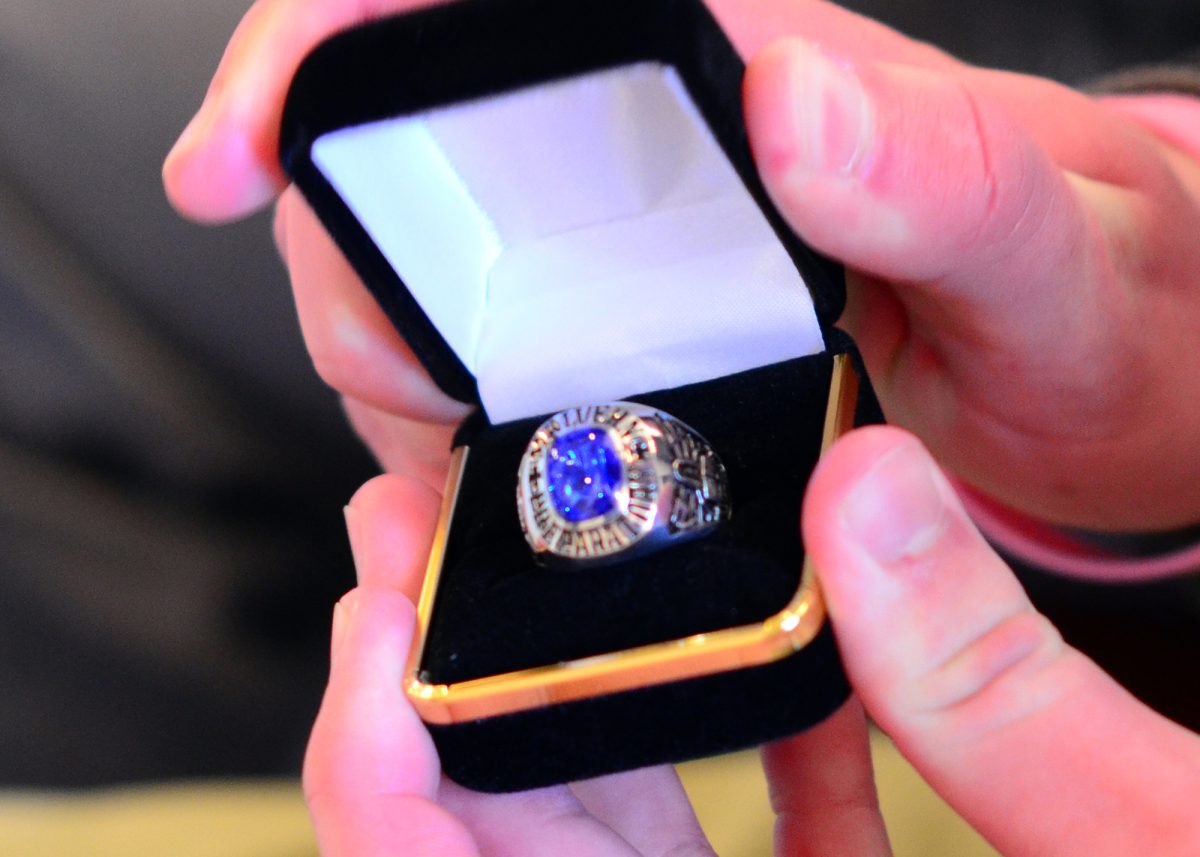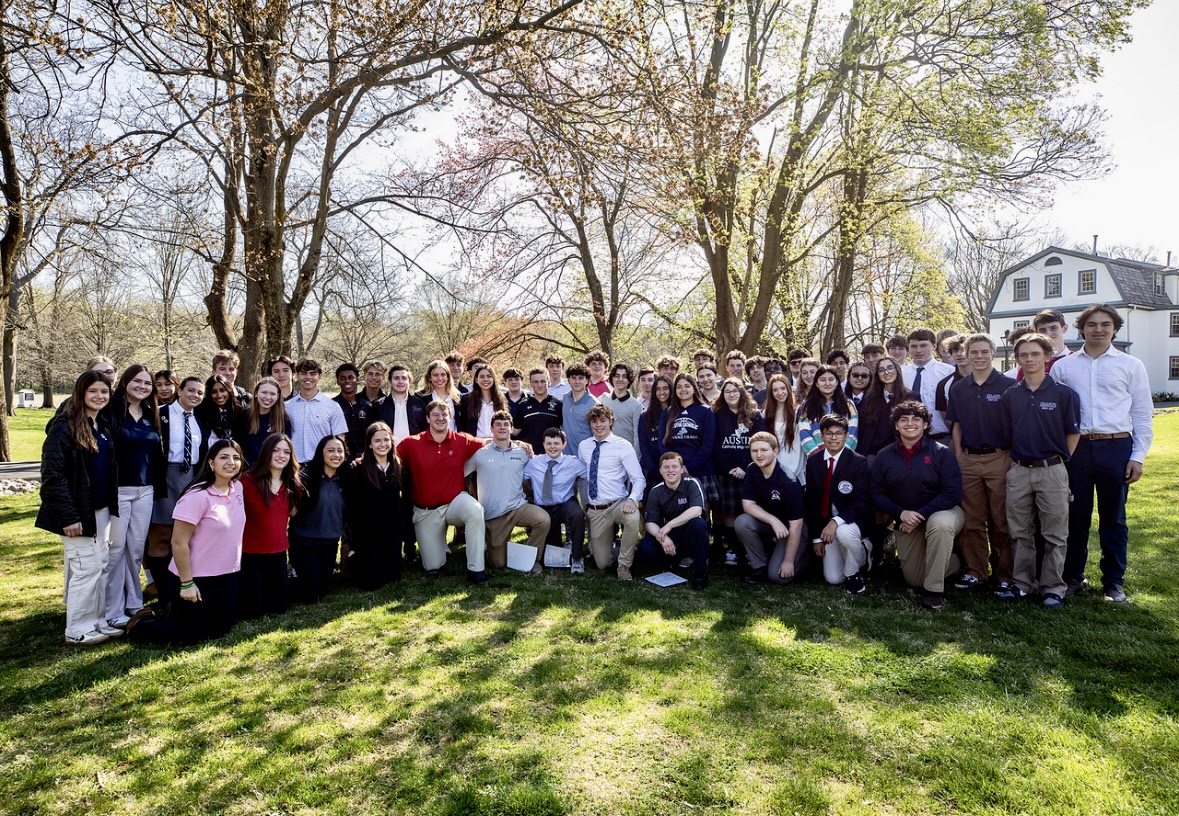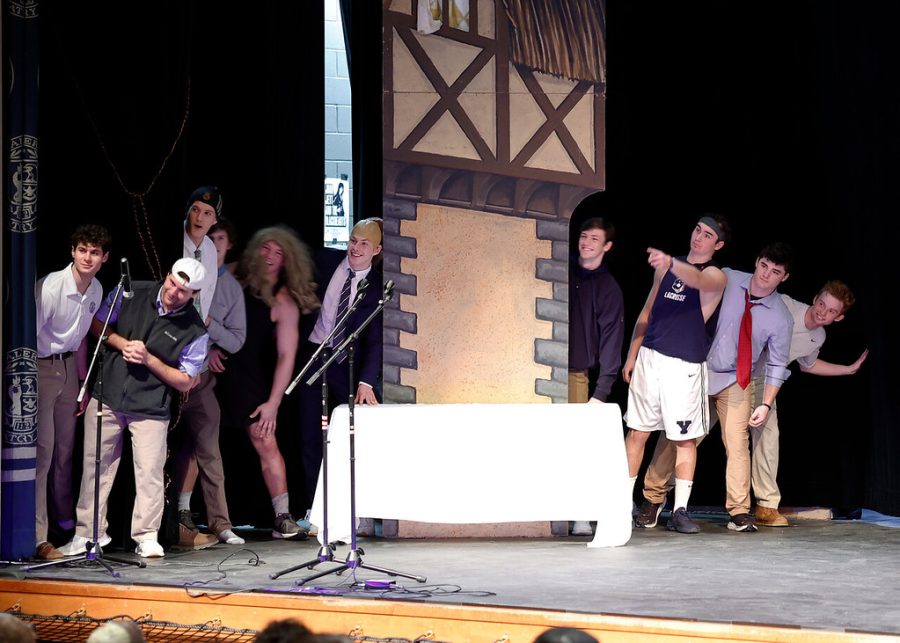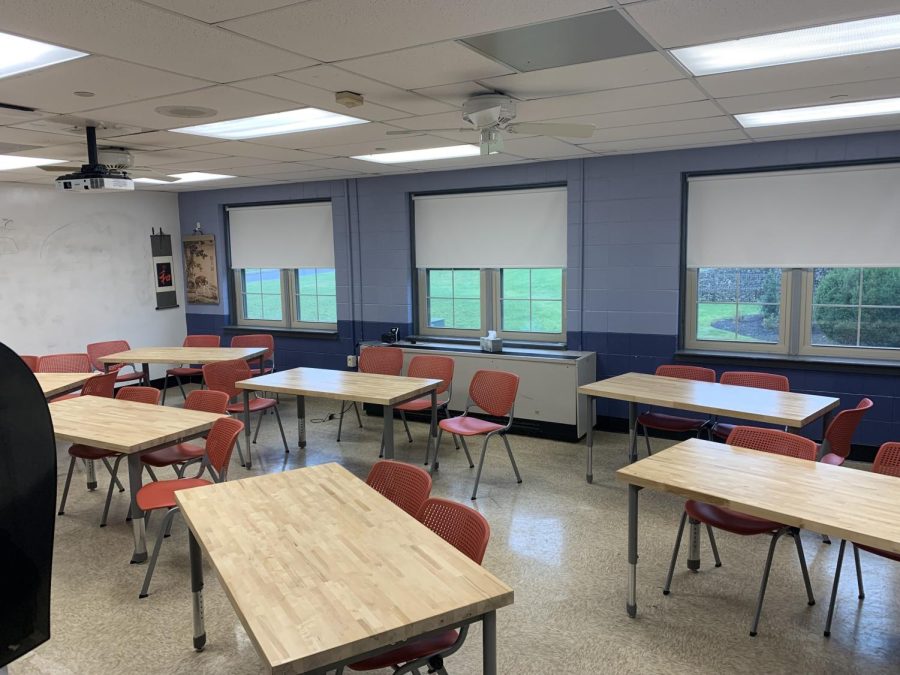Last year, I had quite a memorable experience at the Don Guanella School on my Freshman service trip. It really was a life changing experience, so I expected that my time working with students from the Timothy School this year to not be as monumental. Even though I have already worked with individuals with such impairments, these kids seemed all the more unique due to their handicaps not being as detrimental. In fact, I say that’s what improved the experience altogether.
I think it’s best to start off with the schools themselves. The Timothy School, unlike Don Guanella, is privatized, employing multiple applicants to help care for and teach the school’s autistic students. Neither school has a tuition fee. Don Guanella School is a residential education program for boys and young men with mental retardation, operated by Catholic Social Services. The Timothy School is a non-profit day school for children with autism. While Don Guanella lives as a testament to the goals of the recently canonized St. Don Guanella, the Timothy School, which began as a 9-student church school in 1966, is no longer a religious organization.
As we were only a fraction of our +40 sophomore service group, we traveled in the cars of helpful mothers to reach our destination. The drive to the Timothy School in Tredyffrin was a cheerful trip on roads that I actually recognized. When our whole troop arrived, we proceeded into the clean and organized entrance, ready for whatever challenges we were to face.
First things first, we went to the cafeteria – which was about the size of the publications office and yearbook office combined – for a summary of what the school exactly was. We then toddled downstairs, after being further split into smaller groups. I was with two other sophomores – Nick Parente and Dave Rogers.
The first thing we did was enter a class room that housed four autistic students, with three of them present at the beginning. They had three people taking care of them too. The students names were Dan, Jack, and Jae Ho. Each student was around our ages, with Jae Ho the oldest at 17. It was certainly an unusual experience meeting them, because, based on their appearance (not their actions), they seemed younger. We were told that they were high-functioning autists, meaning that they mainly suffered from hampered efforts at communicating with people or expressing emotion. They were otherwise quite capable at performing basic tasks.
After this introduction, we watched them perform their tasks of the day. The classroom walls were adorned with many different educational posters. One poster had multiple stickers that indicated the season, another, the weather, etc.. Jack was asked to place a sticker on the label of the correct season, which took him a few tries. Dan was asked what the temperature was, and, in order to find that, he was given one of the classroom iPads to find the exact value. I was amused by this simple application of the device, but we later learned that it was mainly used with a specific app that greatly aided an autists communication. Since some autists will barely talk, they press the labelled pictures within the app to show what they mean to say. Even though the app was fairly expensive at the price of $190 USD, it was apparently both much cheaper and efficient than previous attempts in the world of picture communication.
After a period of time, the fourth member of the class appeared. John, at the age of 18, was clearly dealing with worse than his classmates. While anybody could easily tell that he was feeling complex emotions and thoughts, he certainly had a tough time showing it. For example, whenever he was frustrated by his own mistakes, he would subsequently bash his own face repeatedly. His face was noticeably red and bruised, which caused When he wasn’t upset with himself, however, he seemed to revel in attention. He had a knack for jumping up randomly during the lessons and yelling repeatedly. Apparently, the caretakers knew that he wanted this attention, but rewarding this behavior was not the way to go.
The main highlight of this service trip was the bowling. The school had reserved a bowling alley for us to play with the students, so we didn’t have to worry about upsetting anybody else. Our little group split into two teams; Nick, Dave, John, and Jae Ho vs. Me, Dan, Jack, and one of the chaperons from the school. We had a lot of fun down there – probably due to the fact that the bumpers prevented any of the bowling balls from entering the gutters. Both times, my team was victorious.
Afterwards, we had lunch, made some applesauce brownies, and played (read: safely watch from afar) Just Dance 4 on the Wii in the Gymnasium.
I can easily say that this did reinforce my previous thoughts on how mental impairment doesn’t negate equality. Raising a child with autism is certainly sacrifice for the parents, but, as a sacrifice, it’s also a sign of incomparable compassion. Hopefully, anybody who feels that children with disabilities are a burden not worth carrying will open their hearts and find a way to accept them. They are, after all, “God’s little angels.”


